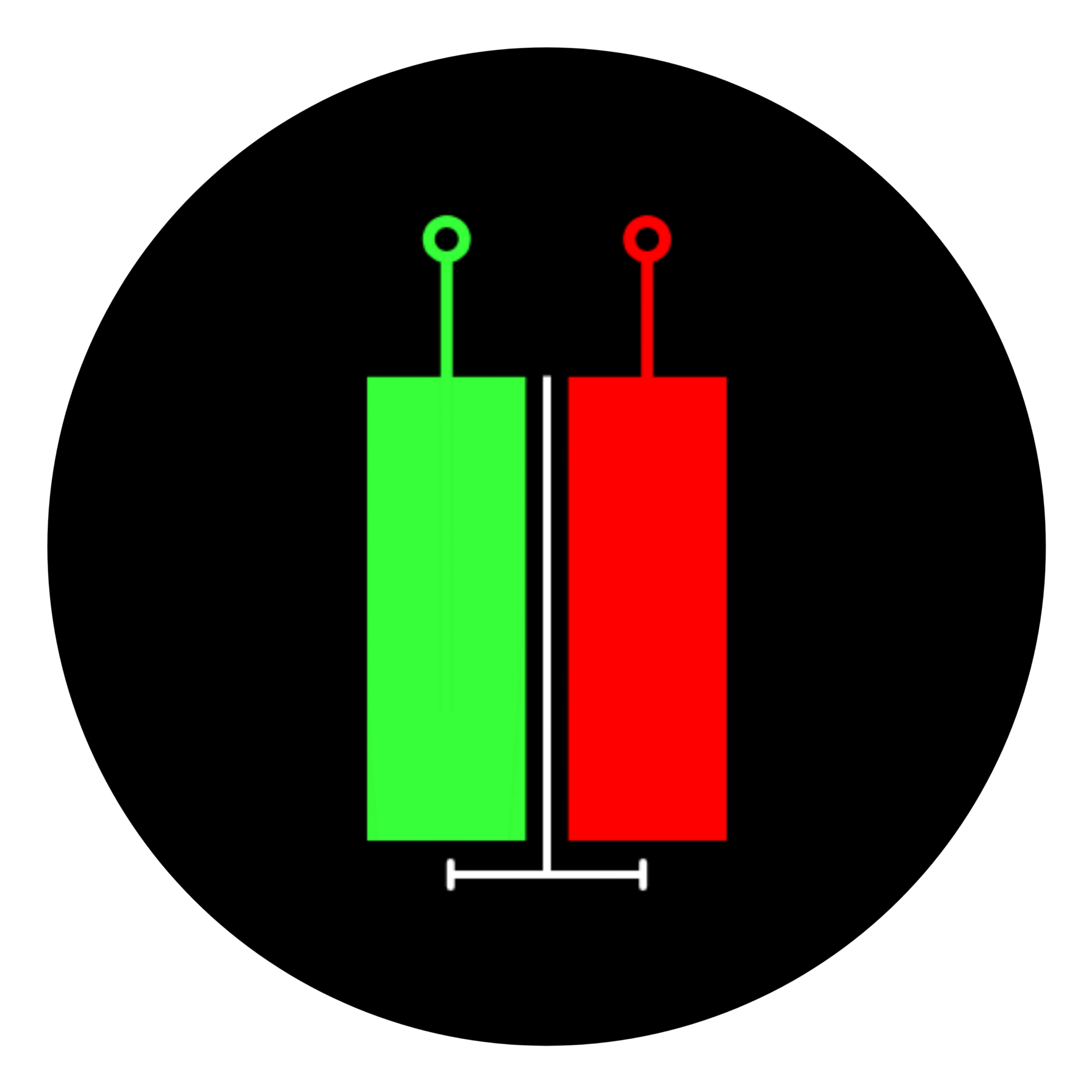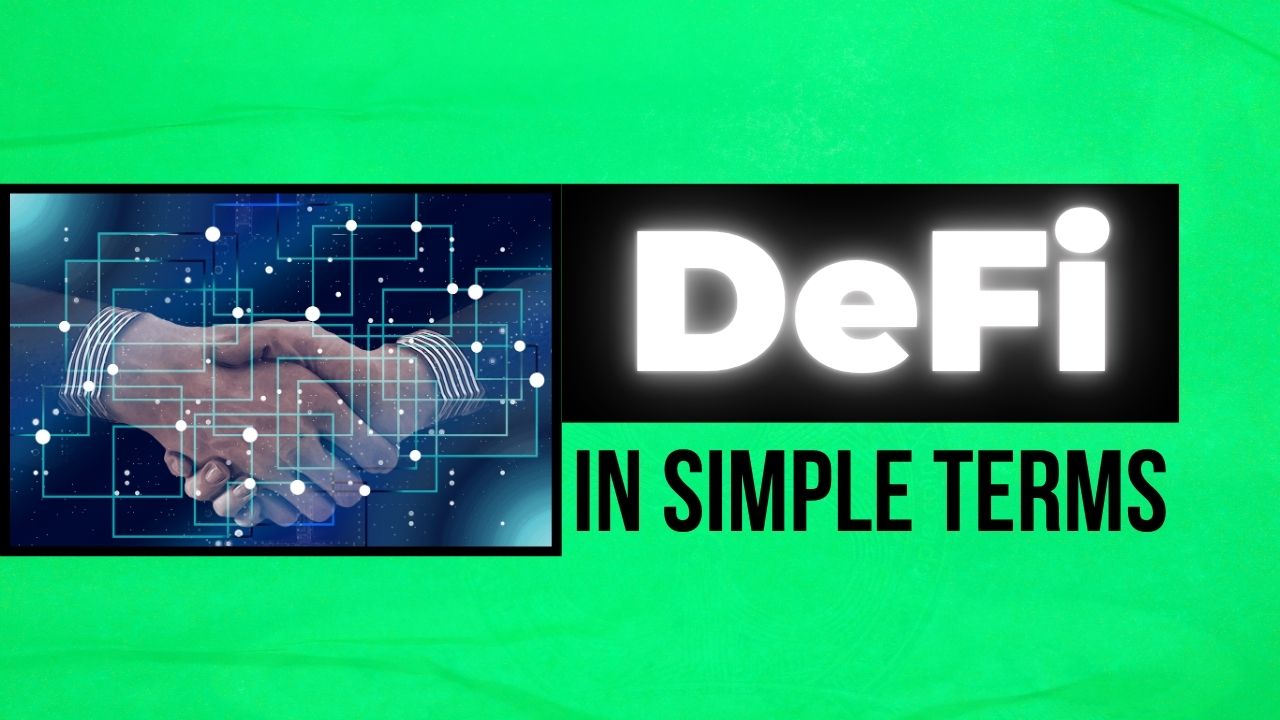Mini Glossary
Blockchain: A decentralized, secure ledger of digital transactions
Smart Contract: Self-executing code that carries out financial operations
Crypto Wallet: A tool for storing and interacting with digital assets
Token: A platform’s native asset used for governance, rewards, or trading
Liquidity Pool: A reserve of tokens used to facilitate decentralized trading
1. DeFi lets you use financial services without needing a traditional bank.
What is Defi in Simple Terms?
The full form of DeFi is Decentralized Finance, which means financial activities are not controlled by any central authority or institution.
DeFi allows you to lend, borrow, trade, or save using blockchain networks, primarily Ethereum. It mimics traditional banking functions but removes central authorities. Instead of a bank managing your money, DeFi platforms rely on smart contracts which are self-executing code that operates transparently and without human intervention.
2. DeFi is built on blockchain, which replaces trust in people with trust in code.
DeFi operates on blockchain which is a decentralized, tamper-proof ledger. Every transaction is recorded publicly and permanently. This eliminates the need for banks or brokers to verify transactions.
Smart contracts run automatically, enabling functions like lending or token swapping with speed and accuracy.
The result is a trustless system, where trust shifts from institutions to transparent, verifiable code which is a key driver behind DeFi’s adoption in 2025.
3. You only need a crypto wallet to access DeFi platforms and services.
To access DeFi, a crypto wallet is essential. This wallet stores your digital assets and connects directly with DeFi platforms like Uniswap, Aave, and Curve.
No KYC, no forms – just your wallet and internet.
But with great power comes great responsibility: If you lose your private key (a unique password-like code), you lose access to your funds permanently. There’s no reset button.
4. DeFi tokens allow you to participate, earn rewards, and share in platform success.
Most DeFi platforms, like Uniswap (UNI), Aave (AAVE), and Compound (COMP), have their own tokens.
A token is a digital asset created on a blockchain, like Ethereum, that acts like a “coin” or “ticket” specific to a platform. Unlike cryptocurrencies like Bitcoin, tokens are built on existing blockchains and serve unique roles within their ecosystem.
These tokens do three main things:
- Governance: Let you vote on platform changes, like updating rules or fees, giving you a say in how the platform runs.
- Rewards: Earn interest or fees by staking (locking up) tokens or providing liquidity (lending assets) to the platform.
- Speculation: Potential to gain from rising token prices if the platform grows in popularity.
For example, holding UNI tokens for Uniswap might let you vote on trading fees, earn a share of those fees, or profit if UNI’s value increases.
5. While DeFi offers high returns, it also involves serious risks.
DeFi offers exciting opportunities for earning high returns through:
- Staking: Lock your tokens to earn interest.
- Liquidity Pools: Provide assets to platforms like Uniswap and earn trading fees.
- Yield Farming: Move assets across platforms to chase the highest returns.
However, these rewards come with significant risks:
- Smart Contract Bugs: Code flaws can lead to losses.
- Platform Hacks: Security breaches may compromise funds.
- Market Volatility: Prices can swing wildly, affecting your investment.
- Regulatory Crackdowns: Governments may impose strict rules or bans.
6. DeFi platforms are like money LEGOs, allowing you to stack and combine services.
DeFi platforms are like LEGO blocks for money – simple pieces you can stack together. You can use one platform to borrow money and another to trade, all in one go.
As of June 2025, people have put over $150 billion into DeFi. New tech, like Arbitrum, makes DeFi faster and cheaper by fixing Ethereum’s high costs.
This easy-to-use system is turning DeFi from basic tools into a big world of financial possibilities.
The Bottom Line
These six pillars offer a strong foundation – covering 80% of what truly matters in DeFi. It’s a financial system powered by blockchain, governed by communities, accessed through wallets, and designed to be open, permissionless, and transparent.
This article is for informational purposes only and should not be considered financial advice. Investing in stocks, cryptocurrencies, or other assets involves risks, including the potential loss of principal. Always conduct your own research or consult a qualified financial advisor before making investment decisions. The author and publisher are not responsible for any financial losses incurred from actions based on this article. While efforts have been made to ensure accuracy, economic data and market conditions can change rapidly. The author and publisher do not guarantee the completeness or accuracy of the information and are not liable for any errors or omissions. Always verify data with primary sources before making decisions.

